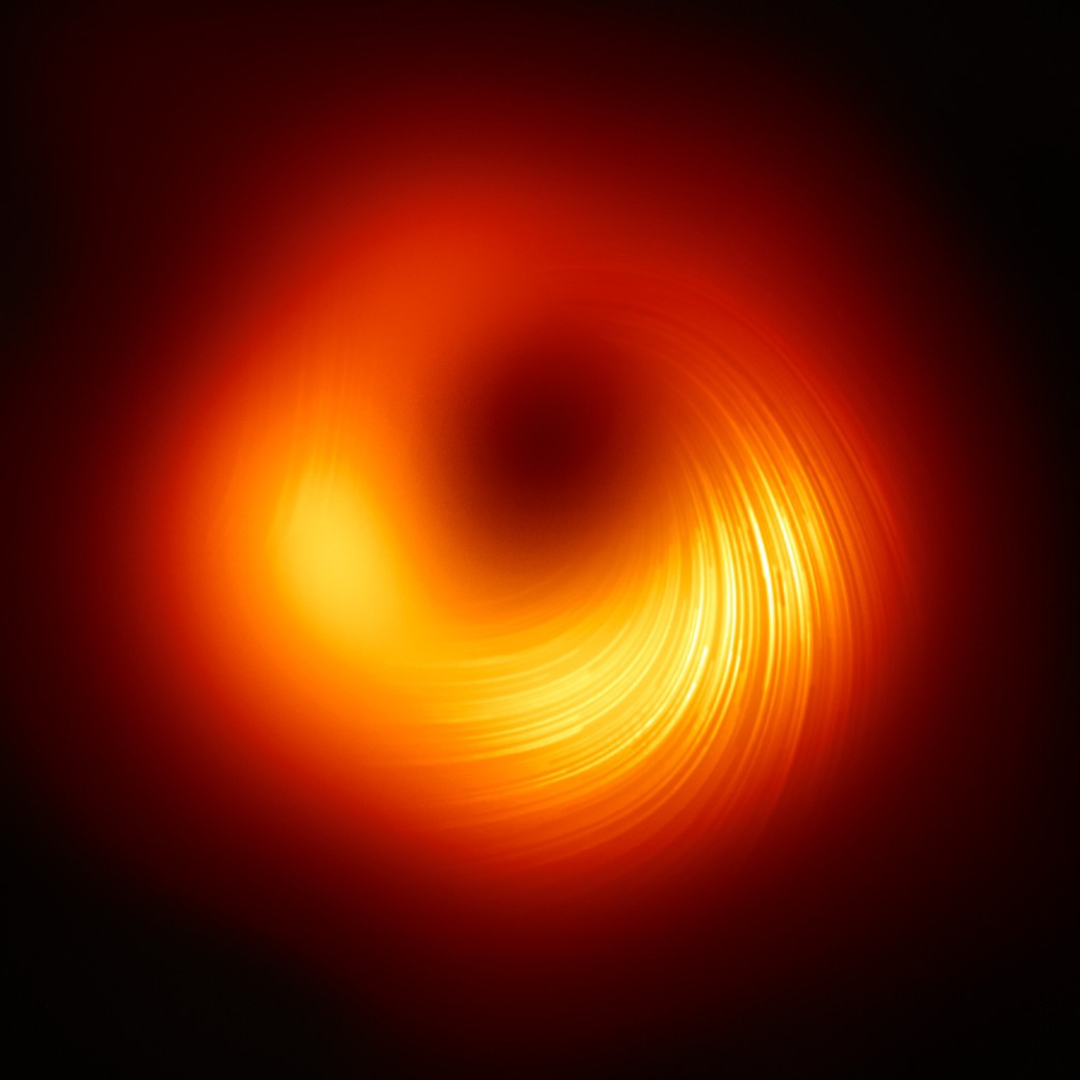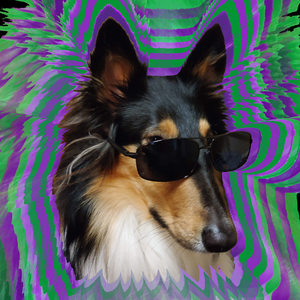IMHO, it was a mistake to make USB block storage use the same line of names also used for local hard disks. Sure, the block device drivers for USB mass storage internally hook into the SCSI subsystem to provide block level access, and that’s why the drives are called sd[something], but why should I as an end user have to care about that? A USB drive is very much not the same thing for me as a SCSI harddisk. A NVMe drive on the other hand, kinda sorta is, at least from a practical purpose point of view, yet NVMe drives get a completely different naming scheme.
That aside, suggest you use lsblk before dd.
Yeah lsblk, lsscsi, fdsik -l , go have a coffee, come back later and hit enter on dd
Yeah lsblk, lsscsi, fdsik -l , go have a coffee, come back later and hit enter on dd
Then realize you typed the command wrong and panic when you don’t get an error.
deleted by creator
While we’re at it, can we also rename the hard drive block devices back to
hdinstead ofsdagain? SATA might use the SCSI subsystem, but SATA ain’t SCSI.
Always
lsblkbeforedd. The order of /sdX might change from boot to boot. Only /nvme doesn’t change.Why is this?
It’s a design thing. BIOS can know NVMe disks’ location because they’re directly mounted to PCIe. SATA isn’t like this. Similar logic with the RAM slots.
First thing I do after loading the liveusb is write the “mylsblk” which does the much more sane thing of:
lsblk -o NAME,LABEL,PARTLABEL,UUID,SIZE,MOUNTPOINTS
I am become dd, the destroyer of disks
Commands like
ddare the best. Good ole greybeard-era spells with arcane syntax and the power to casually wipe out the whole universe (from their perspective ofc) if used haphazardly or not in respectful manner.Computer equivalent of vacuum decay in our universe…
–status=progress. So happy when they added this.
So I don’t have to install ddrescue every time I clone a disk from a live USB anymore? Awesome
Remember kids, always lsblk before you dd
heh i do it hardcore, my USB has no light ;)
Don’t confuse if and of!
don’t cross the streams
/dev/disk/by-id/xxx works for me. Never made a mistake.
worst case for me would be ereasing my ventoy drive.
cause i for sure wont be partitioning any of my nvme drives. so the only mistake i can make is like type sda instead of sdb which would just be another usb drive🤷
I want a immutible Linux that restricts access to critical components. I wouldn’t mind running my desktop in a container.
NixOS store (app folder) is read only. You literally can’t mess with it. It doesn’t really need a container, most things are locked down already. Of course you could mess up your home folder, but that’s on you then
We seriously need a series of DD-Command 4 Dummies guides<br> Also you guys have USB drives with lights ???
ls /dev > /tmp/before
<insert usb>
ls /dev > /tmp/after
<repeat two more times>
diff /tmp/before /tmp/after
<sweating>You could just open gnome disks
ok grandma, go back to facebook /s
Sounds like someone’s not up to date with their backups.
Doesn’t dd pick sda by default?
Yeah once I forgot I had an external drive on one of the USB ports on my PC and created an Ubuntu drive with dd and just sent it do /dev/sdb …lost all movies I had on it. After that I always check with df -h or fdisk -l












